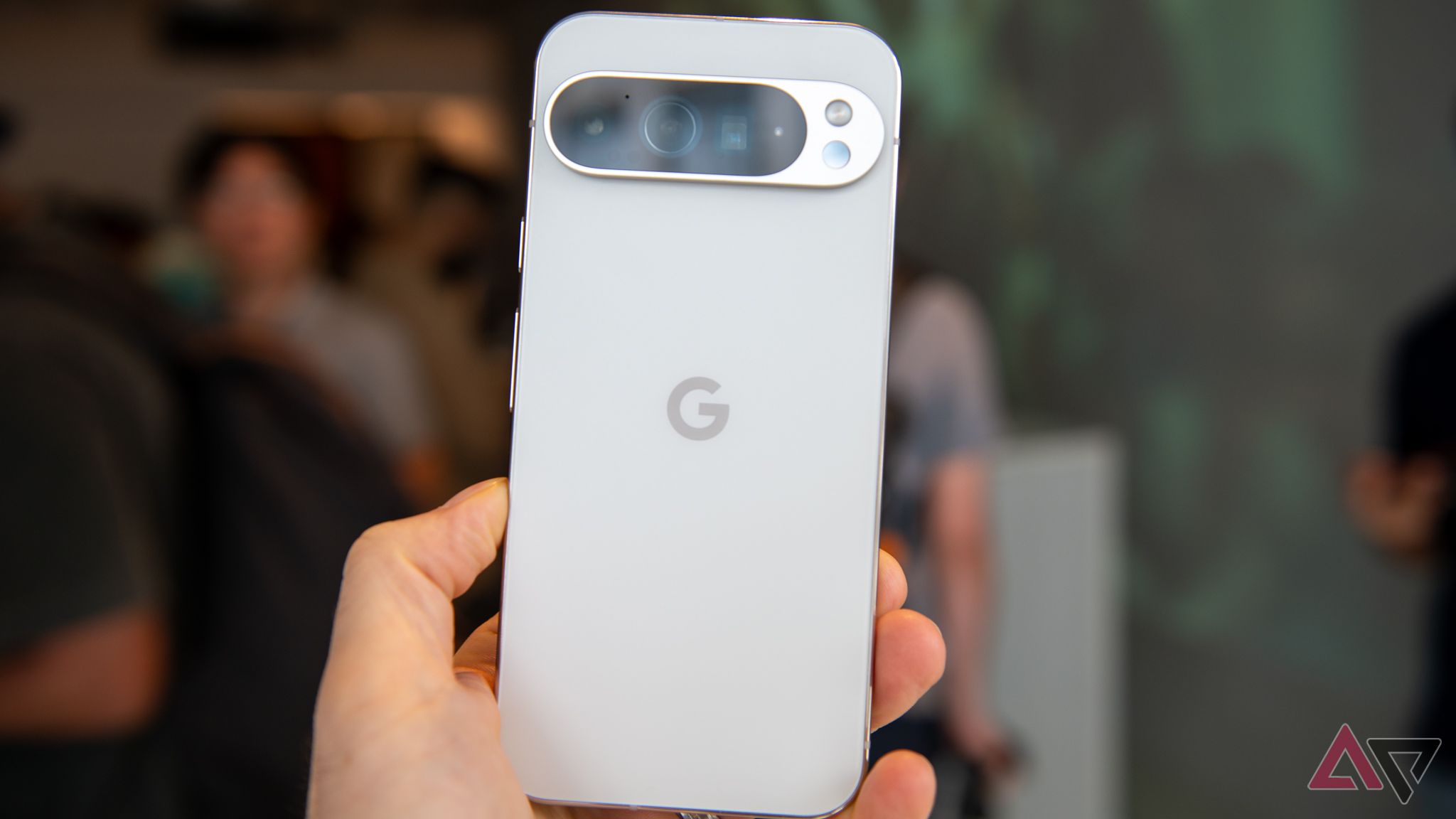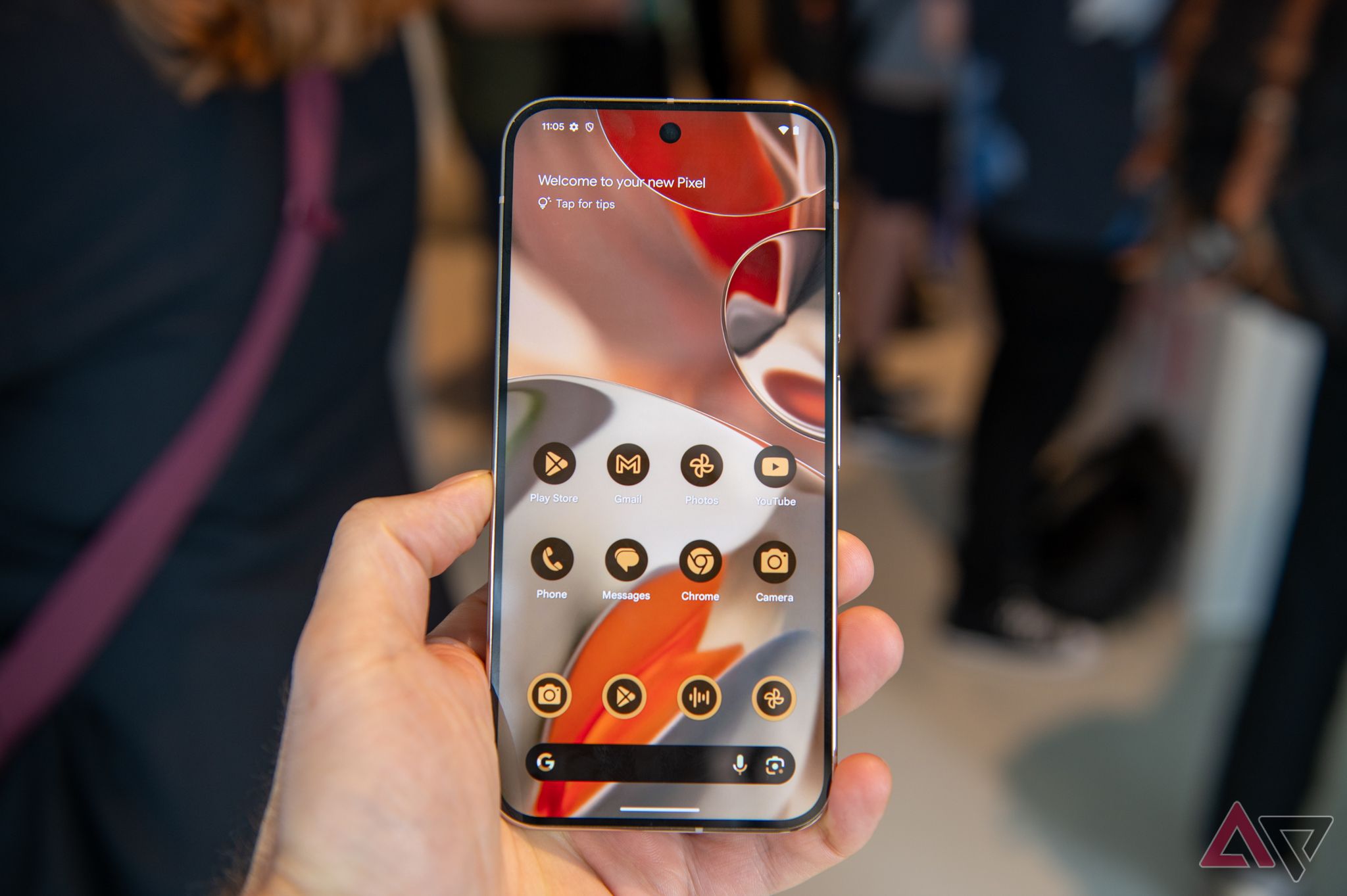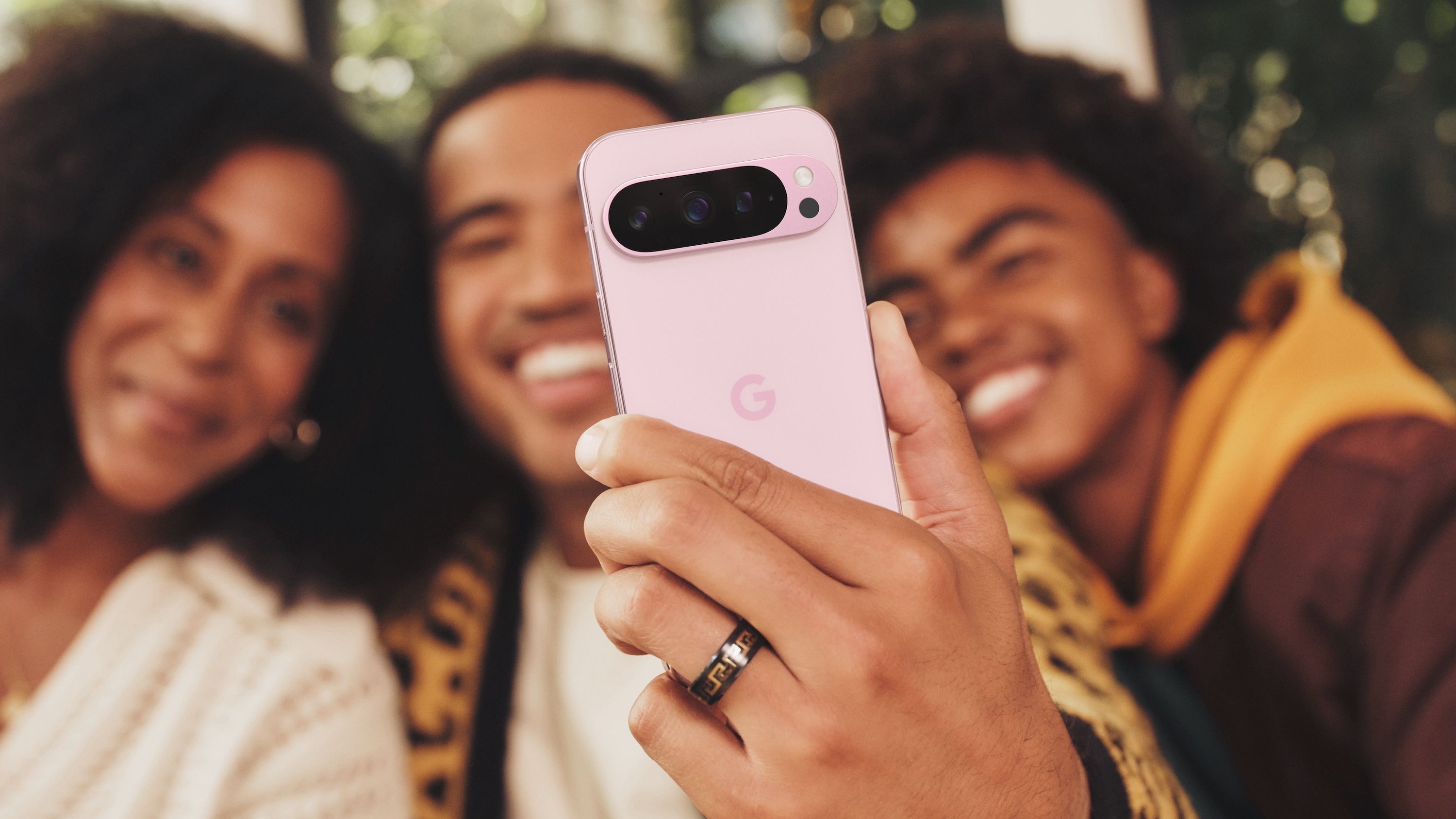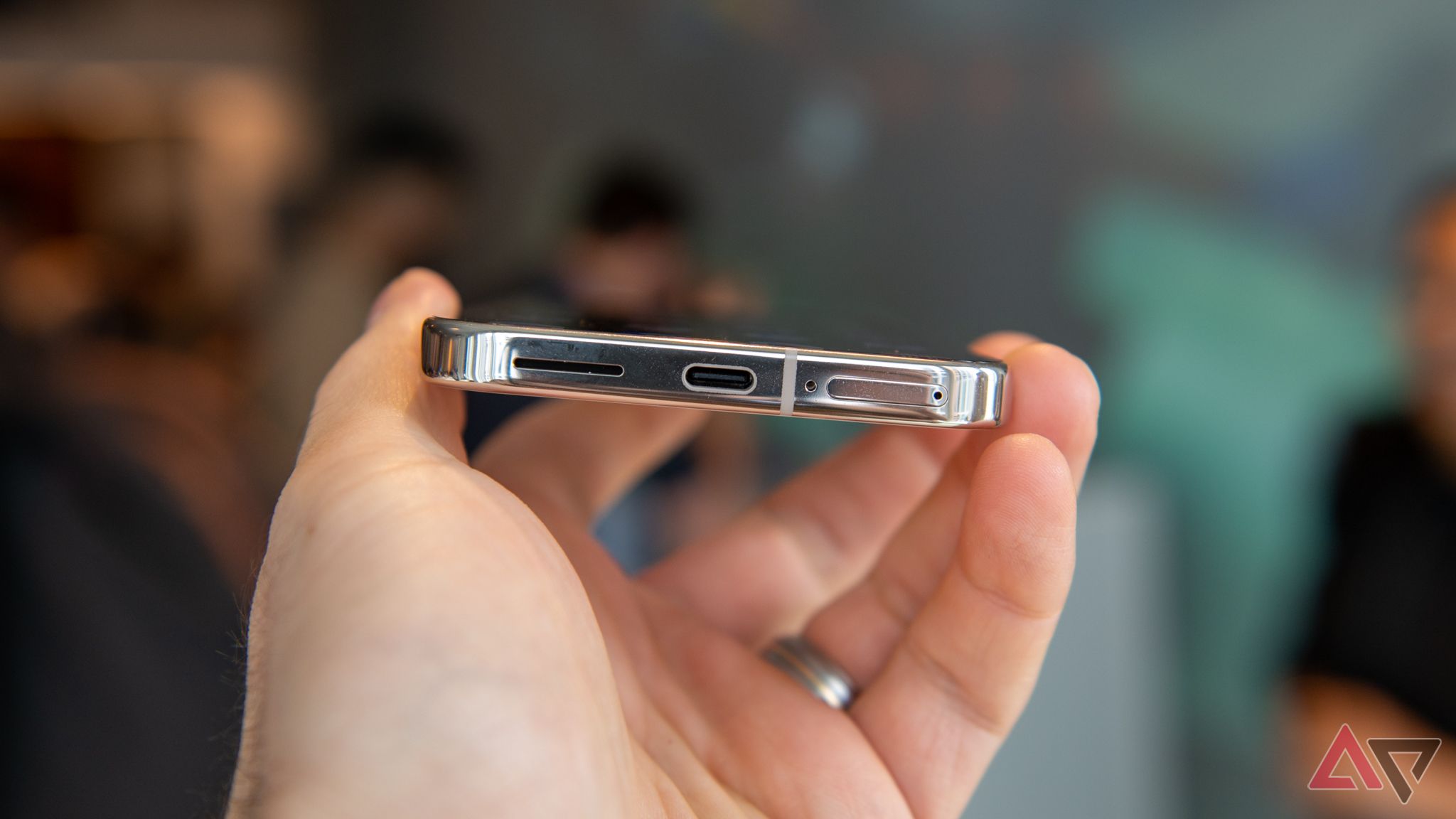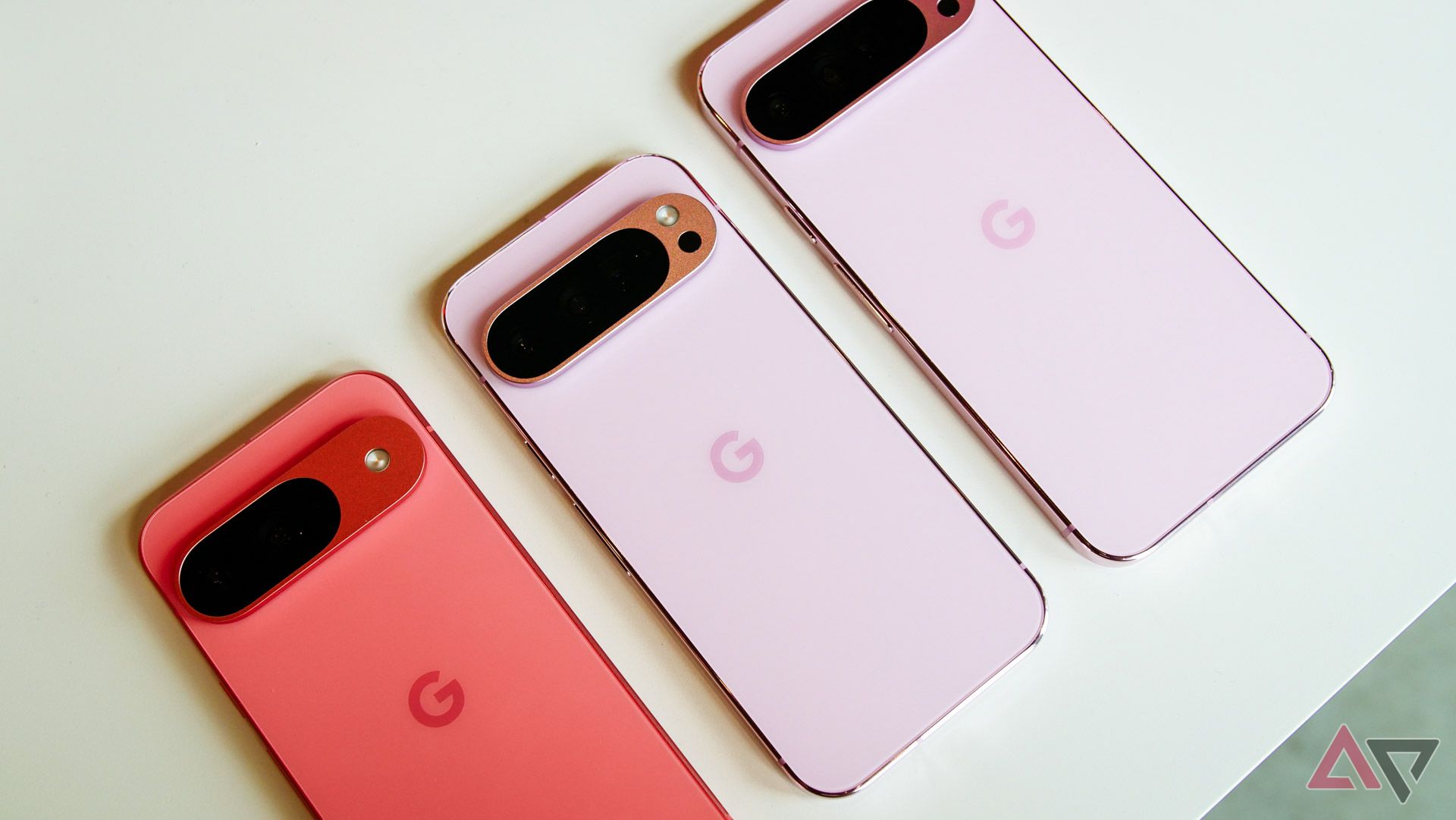It’s August, and while it’s not common, Google’s Pixel 9 series, the successor to last year’s Pixel 8 series, is already here. The new smartphone series from Google packs four new models: the standard Pixel 9, a smaller Pro model called Pixel 9 Pro, a large-screen successor to the Pixel 8 Pro known as Pixel 9 Pro XL, and a new foldable called the Pixel 9 Pro Fold.
This marks the first time Google has released two Pro models, and if you’re wondering how the Pixel 9 Pro and Pixel 9 Pro XL compare, we’ve got you covered.
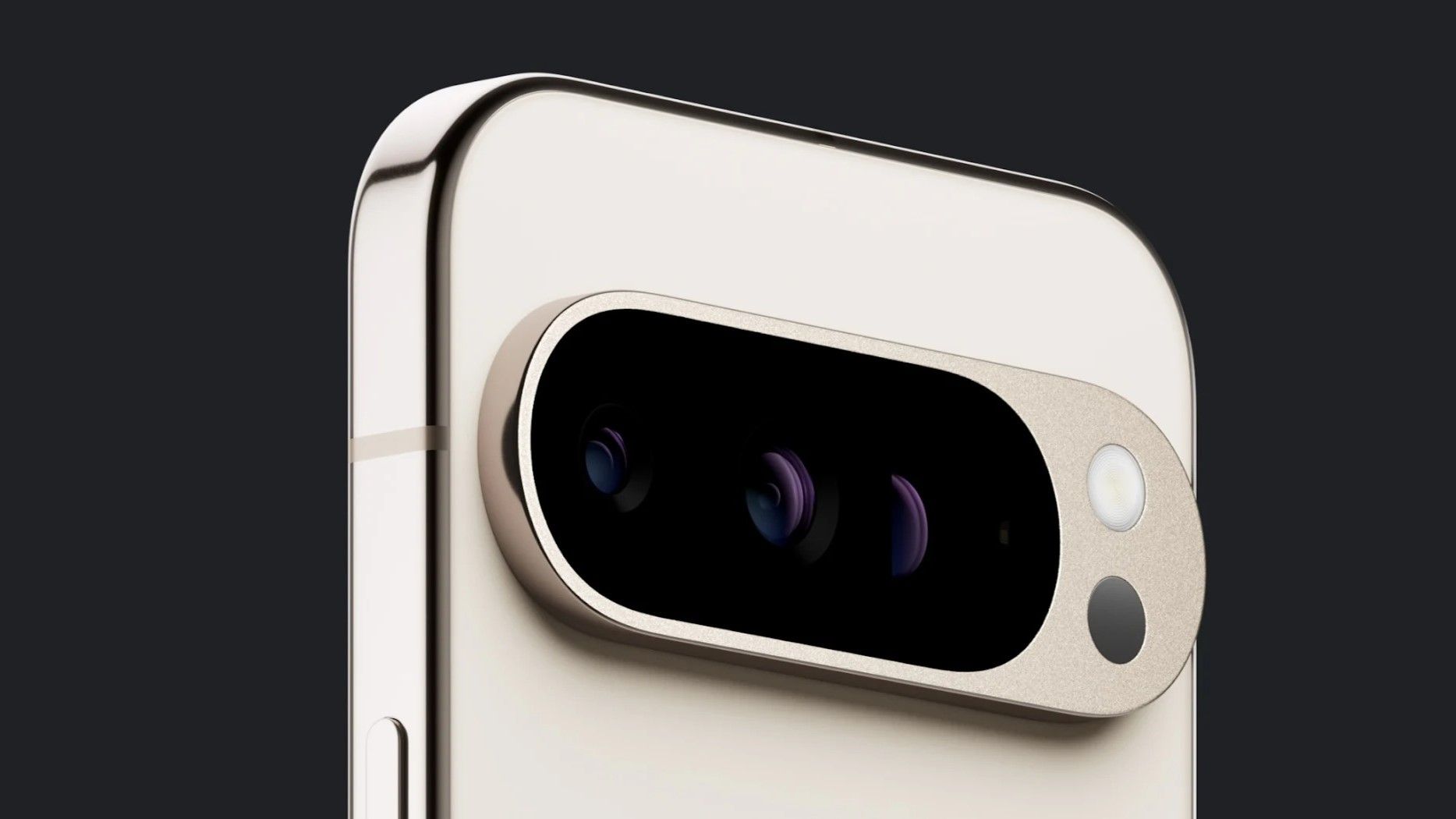
Related
Google Pixel 9: Here’s everything you need to know
Google’s biggest mobile shakeup since Tensor is almost here
1 Overall size and dimensions
Pixel 9 Pro XL is about 12% larger than the Pixel 9 Pro
It’s no surprise, but the main difference between the Pixel 9 Pro and the Pixel 9 Pro XL lies in their size and dimensions. Both phones share the same 8.5mm thickness, but the XL model is noticeably wider and taller. The Pixel 9 Pro XL is also heavier, weighing 221 grams compared to the Pixel 9 Pro’s 199 grams. For a clear comparison, here are the phones’ dimensions:
- Pixel 9 Pro: 6.0 x 2.8 x 0.3-inches
- Pixel 9 Pro XL: 6.4 x 3.0 x 0.3-inches
On the whole, the Pixel 9 Pro XL is roughly 12.5% larger than the Pixel 9 Pro. If you prefer a more compact smartphone that still packs all the high-end features, the Pixel 9 Pro might suit you better, whereas the Pixel 9 Pro XL is ideal for those who want a larger display.
2 Display size and resolution
Pixel 9 Pro has an advantage in one key display specification
Both phones use Google’s Super Actua display technology, but the Pixel 9 Pro has a smaller 6.3-inch LTPO OLED display with a resolution of 1280 x 2856 pixels and a 120Hz refresh rate. The Pro XL, on the other hand, has a bigger 6.8-inch display with the same OLED tech and refresh rate and a 1344 x 2992 pixel resolution. Both phones are also protected by the same Corning Gorilla Glass Victus 2 and reach a peak brightness of 3,000 nits.
However, due to the difference in screen size and resolution, the Pixel 9 Pro has a higher pixel density of 495 PPI, compared to the 486 PPI of Pixel 9 Pro XL. This difference is, however, hardly noticeable in day-to-day use. Ultimately, the choice remains: if you prefer a compact form factor, go for the Pixel 9 Pro, while the XL is a better choice for those who want a larger display.
3 Batter capacity
The difference is minimal, though
Source: Google
A larger phone typically means a larger battery, and that holds true here. The Pixel 9 Pro XL has a bigger 5,060 mAh battery compared to the Pixel 9 Pro’s 4,700 mAh cell. While we can’t comment on the battery life just yet as we’re still in the middle of testing these devices, Google claims both phones offer “24+ hour” battery life and up to 100 hours in Extreme Battery Saver mode.
If, however, you’re skeptical — especially considering the battery issues in previous Pixel models — stay tuned for our full review of both the Pixel 9 Pro and Pixel 9 Pro XL.

Related
The Pixel 9 Pros are the phones I’ve always wanted from Google
Finally, a real deal small Android flagship
4 Charging speeds
Pixel 9 Pro XL holds a clear advantage here
While we’re on the topic of battery life, it’s important to note that the Pixel 9 Pro XL has a clear advantage in charging speed. The Pixel 9 Pro maintains the same 27W charging speed as last year’s Pixel 8 Pro, but the Pixel 9 Pro XL supports faster charging up to 37W when used with a 45W adapter.
While both models take roughly 70–80 minutes to charge from 0 to 100%, the faster charging speed is useful for Pixel 9 Pro XL users, especially considering that it comes with a larger battery. Additionally, the Pixel 9 Pro XL offers slightly faster wireless charging at 23W with the Pixel Stand Gen 2, compared to the Pixel 9 Pro, which maxes out at 21W.
5 Price
A $100 gap
Lastly, a key difference between the Pixel 9 Pro and the Pixel 9 Pro XL are their prices. The Pixel 9 Pro starts at $999 in the US, while the Pixel 9 Pro XL starts at $1,099. Both base models come with 16GB of RAM and 128GB of storage, though we wish Google had followed Apple and Samsung’s lead by offering at least 256GB on the Pro models. Both phones also include a one-year subscription to the Google One AI Premium Plan at no extra cost.
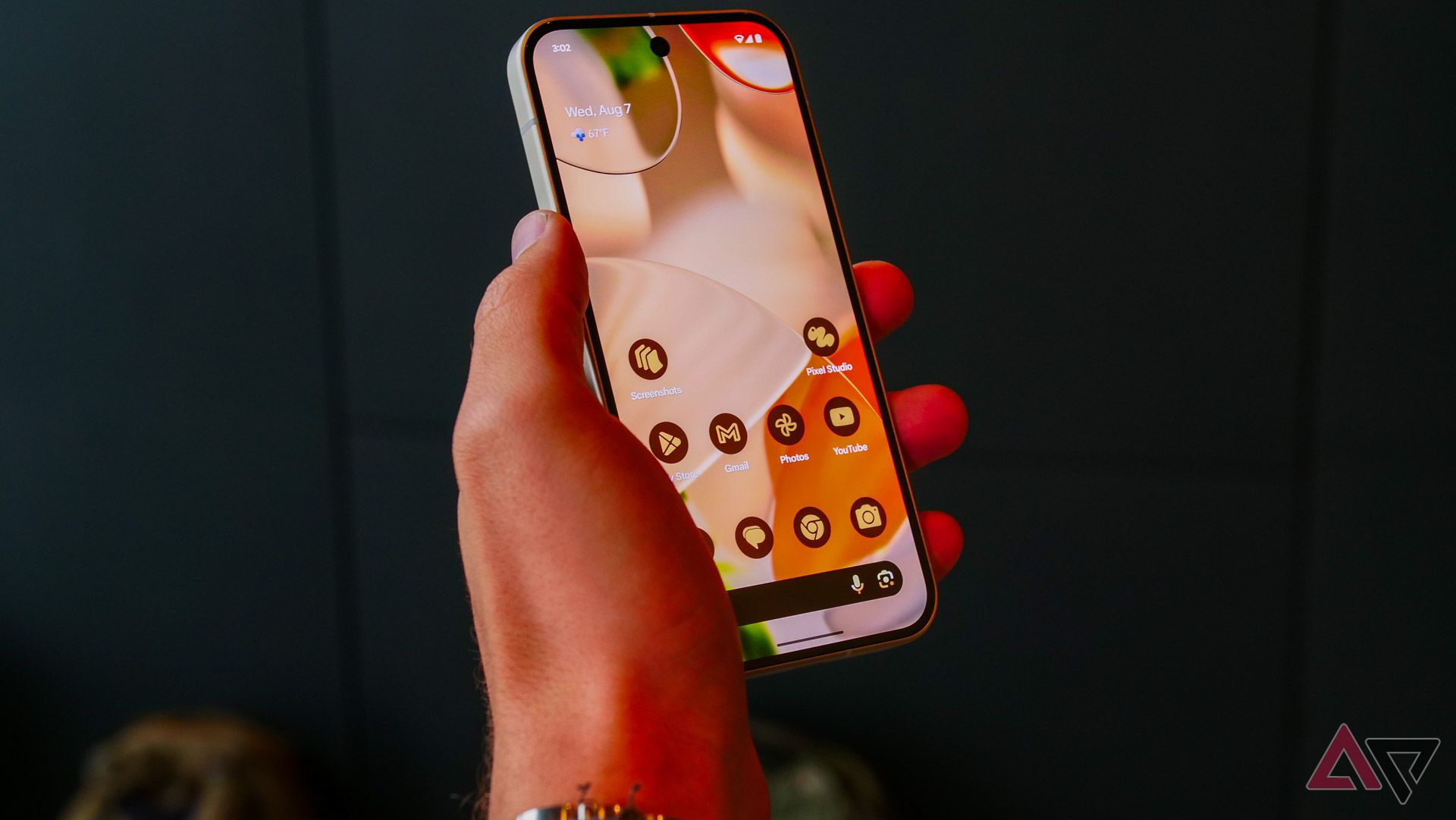
Related
The 7 best Google Pixel 9 features
All the crown-winning features Google offers
Pixel 9 Pro and Pixel 9 Pro XL are more different than you think
Despite sharing the “Pro” moniker, the Pixel 9 Pro and Pixel 9 Pro XL have more differences than you might expect. From size and weight to battery capacity and charging speeds, each model has its own perks. It’s essential to take these differences into account if you’re considering buying one of these, and with great deals currently available on all Pixel 9 models, now might be the perfect time to make a purchase.
-

Google Pixel 9 Pro
The Pixel 9 Pro is the latest addition to Google’s lineup, offering a smaller form factor while retaining all the AI and camera capabilities of the Pro series. It shares dimensions with the standard Pixel 9 but brings premium features like the Pixel 9 Pro XL, making it a standout in Google’s high-end range.
-
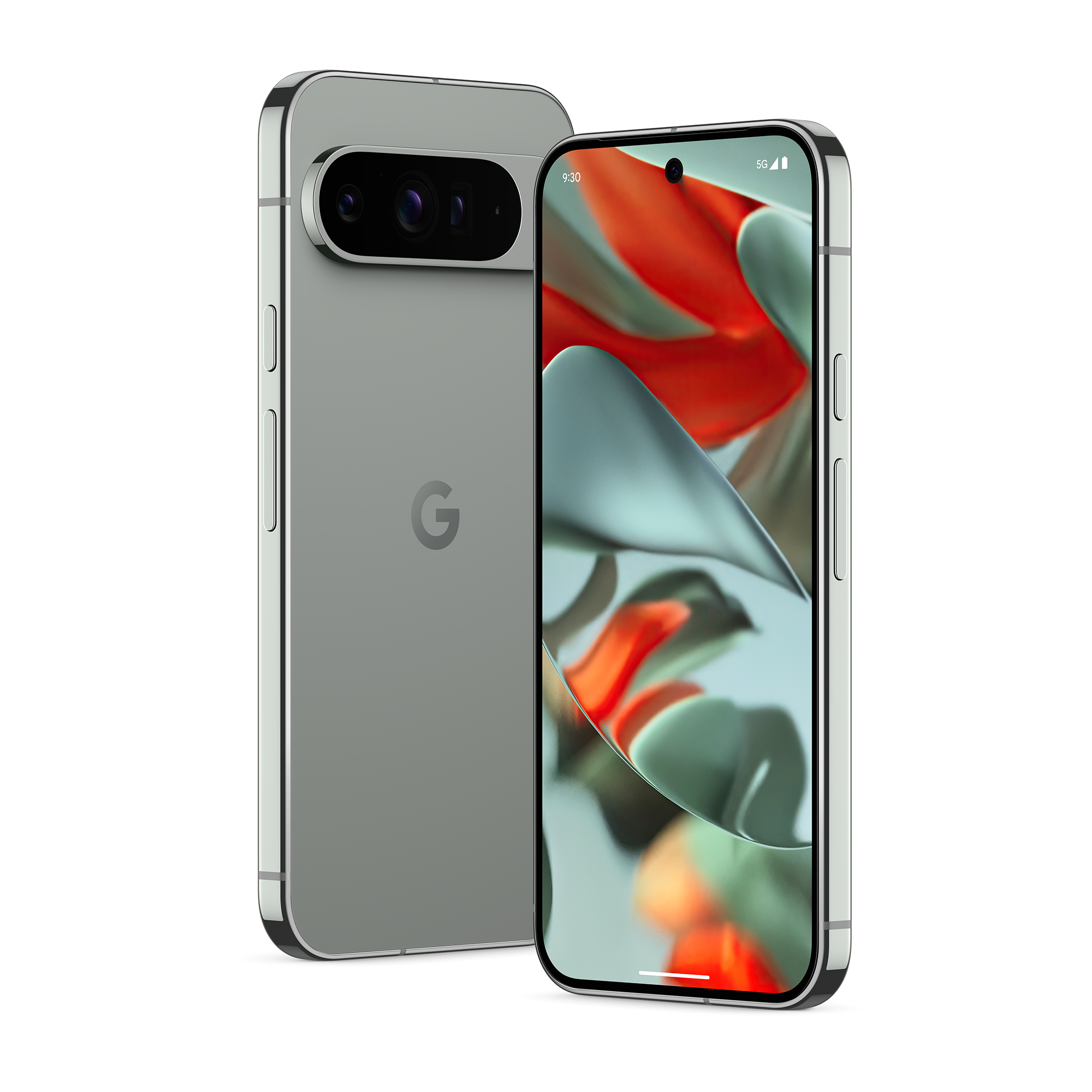
Google Pixel 9 Pro XL
The Google Pixel 9 Pro XL carries the same role as last year’s Pixel 8 Pro, with similar specs and a familiar footprint. The Pixel 9 Pro XL offers a larger screen, faster charging, and a bigger battery, along with all the camera and AI features of the Pixel 9 Pro.
Source link
